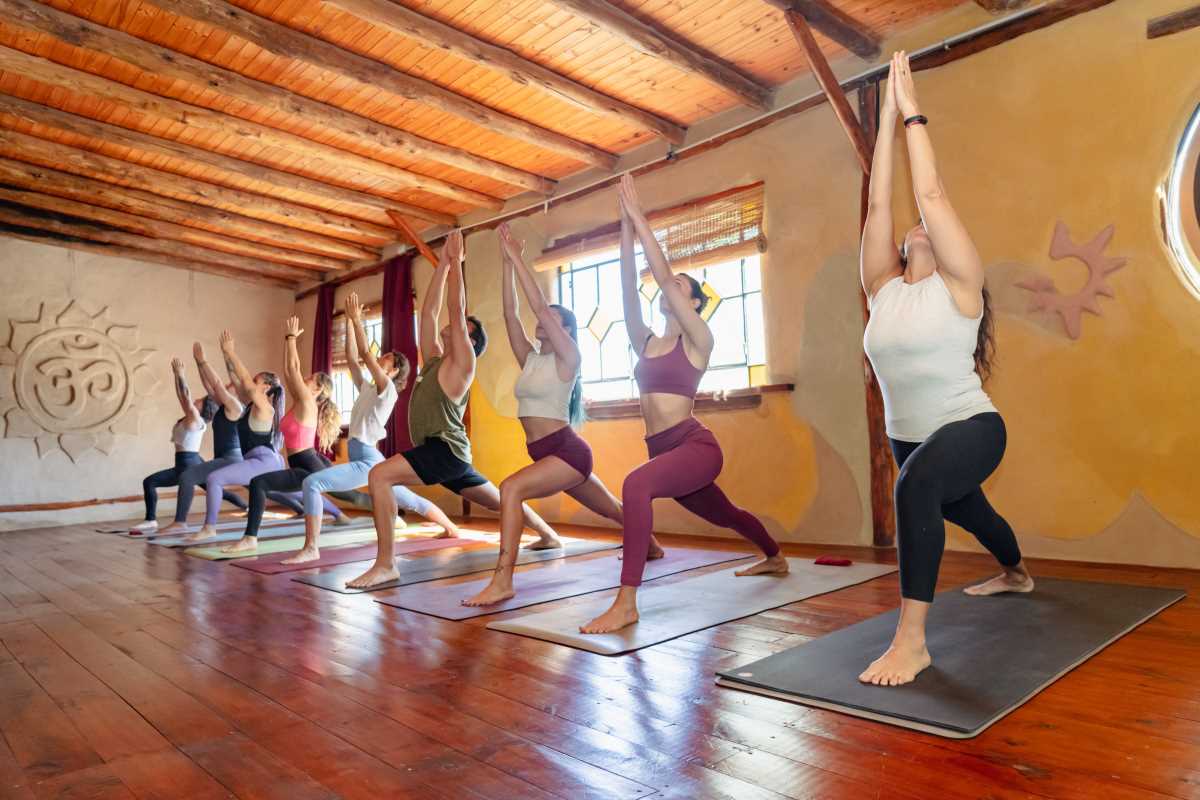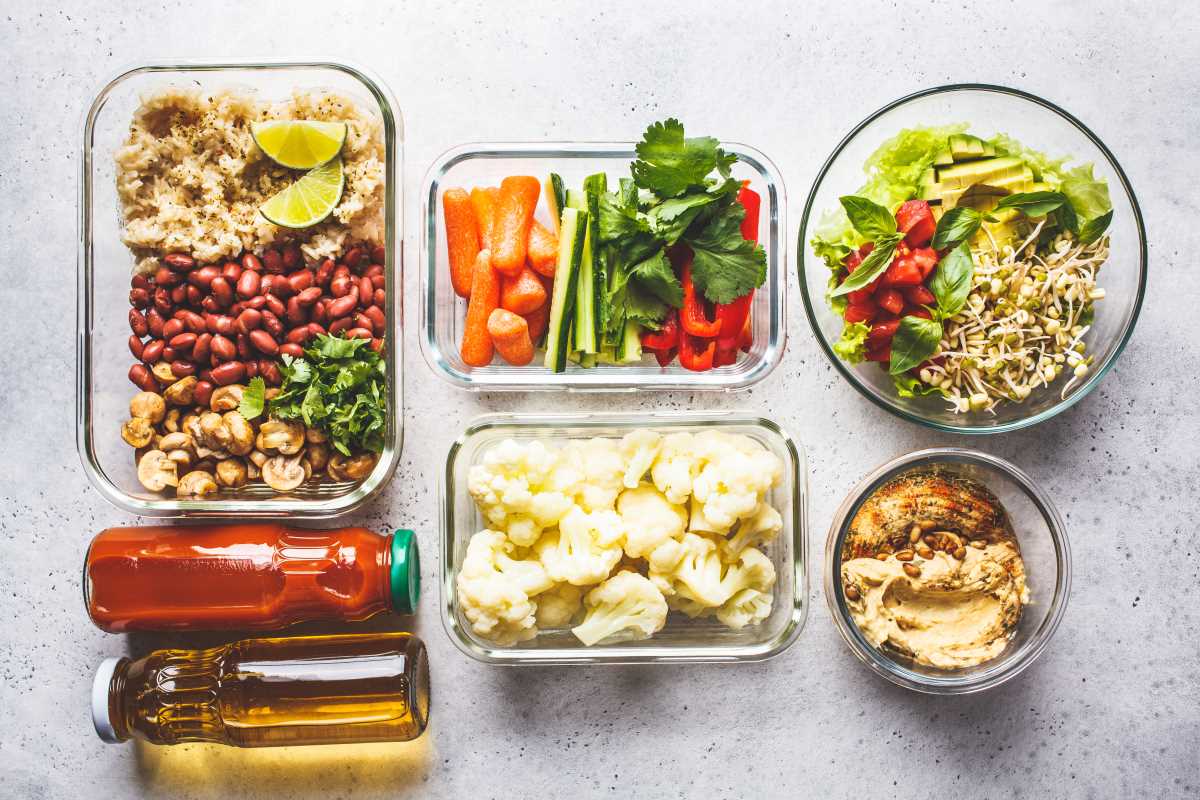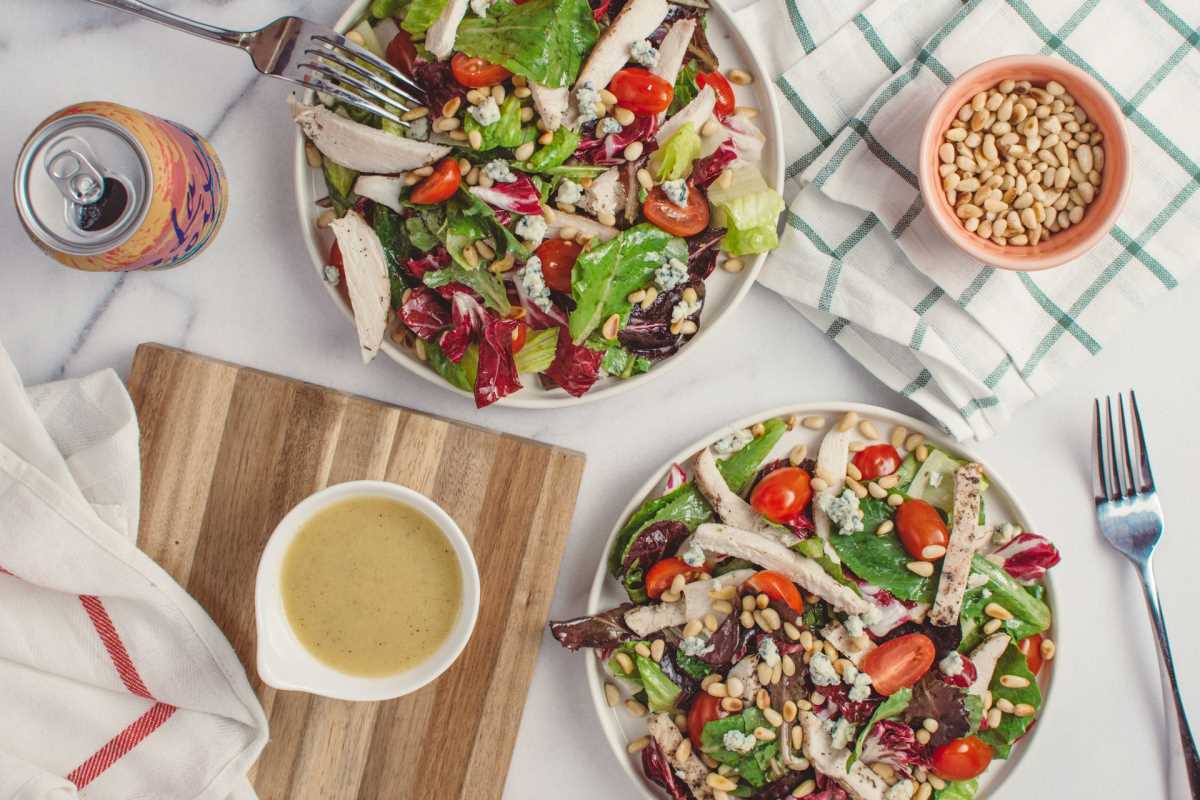Rheumatoid arthritis (RA) is a condition that affects millions of people worldwide, causing joint pain, swelling, and stiffness. For individuals living with this chronic autoimmune disorder, mornings or periods of inactivity often bring pronounced joint stiffness that can feel limiting. While there’s no cure for RA, focusing on effective strategies can help ease joint stiffness, improve range of motion, and enhance daily life.
This guide explores some evidence-based lifestyle tips and techniques to alleviate joint stiffness and keep you moving with greater comfort.
Understanding Rheumatoid Arthritis and Joint Stiffness
Rheumatoid arthritis is an inflammatory condition in which the immune system mistakenly attacks the body’s joints, typically affecting the smaller joints in the hands, wrists, and feet. This inflammatory response results in morning stiffness that can last for hours. Over time, if not managed effectively, joint stiffness may prevent you from performing simple daily tasks like buttoning clothes, writing, or even walking.
The impact of RA goes beyond the physical symptoms. Stiffness and pain can affect mental health, leading to frustration or feelings of isolation. However, easing stiffness doesn’t have to feel overwhelming. By adopting a holistic approach that includes gentle movement, proper nutrition, and consistent self-care, you can create a routine that alleviates symptoms and helps you maintain an active lifestyle.
Managing RA is a personal process. It’s important to understand that what works for one person may not work for another. Experimentation and patience are key to finding the right mix of strategies for your body.
Lifestyle Tips for Easing Joint Stiffness
1. Stay Active with Low-Impact Exercises
Movement is one of the most powerful ways to combat joint stiffness. It may feel counterintuitive, especially when your joints are in pain, but gentle, consistent activity can ease stiffness and keep your joints mobile.
- Stretching: Start your day with a stretching routine. Focus on areas prone to stiffness, such as your hands, wrists, shoulders, and knees. You can try wrist extensions, gentle neck stretches, and leg stretches while seated to avoid overexertion. If mornings are particularly difficult, consider stretching while still in bed to prepare your body for the day ahead.
- Yoga or Tai Chi: These mind-body exercises combine slow, deliberate movements with controlled breathing, which relaxes your body and improves flexibility. For beginners, many local studios and online platforms offer gentle classes specifically designed for individuals with joint conditions.
- Swimming: Water provides buoyancy that takes pressure off your joints while you move. Aquatic exercises like water aerobics or swimming laps can help you stay active without the risk of impact-related pain.
- Walking or Cycling: Moderate cardio, like walking or using a stationary bike, helps promote circulation and loosens up the body. Start with manageable distances or times and gradually increase as your endurance improves.
Engaging in these activities for just 15–30 minutes a day can yield noticeable improvement. Remember to pace yourself, and if you experience discomfort during any activity, slow down or stop. Always consult with your healthcare provider before beginning a new exercise routine.
Tip: Incorporate movement throughout the day, even with small actions, like stretching during breaks or standing up every hour. These short moments of activity can help stave off stiffness before it worsens.
2. Use Heat and Cold Therapy
Temperature therapy is a simple but highly effective way to target joint pain and stiffness.
- Heat Therapy: Applying warmth to stiff joints increases flexibility and relaxes affected tissues. For example, you can take a warm shower on cold mornings to ease stiffness or use microwavable heat pads for focused relief. A paraffin wax bath for your hands and feet can also help soothe small joints.
- Cold Therapy: Ice packs reduce swelling and inflammation by numbing the joints and restricting blood flow to problem areas. Wrap a cold pack in a towel and apply it for 10–15 minutes to areas feeling particularly tender or swollen.
Combining heat and cold therapy can enhance results, especially if your symptoms fluctuate between stiffness and inflammation. Experiment to see which approach your body responds to better, or alternate between both depending on your immediate needs.
Tip: Create a convenient routine with items like heating pads or ice packs readily accessible near your bed or couch. Consistency in applying these therapies is key to greater relief.
3. Maintain a Joint-Friendly Diet
What you eat can either support or complicate your RA symptoms. A diet rich in anti-inflammatory foods can drastically reduce stiffness and improve your overall well-being.
- Fatty Fish: Salmon, sardines, and tuna are excellent sources of omega-3 fatty acids, which are known for their anti-inflammatory benefits. Eating 2–3 servings a week can significantly reduce inflammation in the joints.
- Fruits and Vegetables: Brightly colored produce, such as kale, berries, oranges, and carrots, contains antioxidants and vitamins crucial for fighting inflammation. Aim for a variety of colors on your plate to maximize nutrient intake.
- Nuts and Seeds: Walnuts, almonds, chia seeds, and flaxseeds are rich in healthy fats that not only combat inflammation but also nourish joint tissues.
- Olive Oil: Replace refined oils with extra virgin olive oil, which contains oleocanthal, a compound with anti-inflammatory properties similar to ibuprofen.
- Turmeric: Known for its active ingredient curcumin, turmeric reduces swelling and stiffness. Add a pinch to teas, soups, or casseroles, and pair it with black pepper to boost absorption.
Equally important is avoiding processed snacks, sugary drinks, and fried foods, as these can aggravate your symptoms. Start making small changes, like swapping soda for herbal tea or reaching for nuts instead of chips. Over time, these choices can help you feel better from the inside out.
Tip: Maintaining a food diary may help you pinpoint specific triggers or discover foods that alleviate your symptoms.
4. Manage Your Weight
Carrying excess weight can place undue stress on weight-bearing joints like the knees, hips, and spine, making stiffness more pronounced. Losing even 5–10% of your body weight can lessen joint strain and improve mobility.
Focus on portion control and nutrient-rich meals that keep you satiated without overindulging. Pair a balanced diet with regular, low-impact exercise to achieve gradual, sustainable weight loss.
Tip: Celebrate small milestones. Reducing even a few pounds can greatly benefit your joints in the long run.
5. Get Adequate Rest and Sleep
Rest allows your body to repair itself. Without quality sleep, RA symptoms—including joint stiffness—may intensify.
- Create a Bedtime Ritual: Calming activities like reading or meditating before bed help signal to your body that it’s time to wind down.
- Optimize Your Sleep Environment: A supportive mattress and pillows can minimize joint stress. Use extra cushions to relieve pressure in sensitive areas like the knees or lower back.
- Nap Strategically: A short afternoon nap can help when you feel particularly fatigued, but avoid napping late in the day so it doesn’t disrupt your nighttime sleep.
Tip: Keep a journal of your sleep patterns to identify habits or routines that impact your rest. Improving sleep hygiene can have lasting benefits for managing RA.
6. Protect Your Joints with Supportive Tools
Assistive tools can make day-to-day tasks less taxing on your joints.
- Ergonomic Kitchen Gadgets: Items like spring-loaded scissors, jar openers, and wide-handled stirring utensils reduce joint strain while cooking or eating.
- Braces: Compression gloves or wrist braces provide joint stability and are particularly helpful during activities like working at a computer or gardening.
- Footwear: Comfortable, supportive shoes with cushioned soles can help protect your knees, hips, and back from unnecessary stress.
By prioritizing joint-friendly tools, you limit wear and tear, allowing your inflamed joints to recover more easily.
Tip: Seek guidance from an occupational therapist, as they can recommend tailored tools for your daily needs.
7. Focus on Hydration
Water makes up a key component of synovial fluid, which lubricates your joints and reduces friction. If you’re dehydrated, your joints may feel stiff or painful. Adults should aim for approximately 8 cups of water daily, but needs may vary based on activity level and climate.
Tip: Carry a reusable water bottle to track your intake throughout the day, ensuring you stay properly hydrated.
8. Take Time for Stress Reduction
Chronic stress can worsen inflammation, contributing to RA flare-ups and stiffness. Incorporating stress-relief methods into your lifestyle is essential.
- Progressive Muscle Relaxation: Tense and release each muscle group, moving from your toes up to your head.
- Guided Imagery: Use apps or videos to practice visualizations that help you relax and refocus.
- Engage in Joyful Activities: Spend time with loved ones, pursue hobbies, or take up new interests to add moments of joy to your day.
Even just a few minutes a day dedicated to stress relief can significantly improve how you feel.
9. Stay Consistent with Medications and Doctor Visits
Medications like NSAIDs, corticosteroids, and DMARDs are critical for keeping inflammation and stiffness under control. Proper adherence to medication schedules ensures optimal relief. Additionally, regular check-ins with your doctor provide opportunities to discuss any changes in symptoms and adjust your treatment plan accordingly.
10. Connect with Supportive Communities
Living with RA can feel isolating, but connecting with people who understand your experience can shift your perspective. Join online forums or community groups where you can learn and share practical tips, emotional insights, and encouragement. A support system can provide the motivation needed to stay proactive in managing RA.
While RA may present daily challenges, there are many manageable ways to ease the burden of joint stiffness. Remember to address both the physical and emotional aspects of your condition by staying active, eating well, and nurturing a balanced lifestyle.







